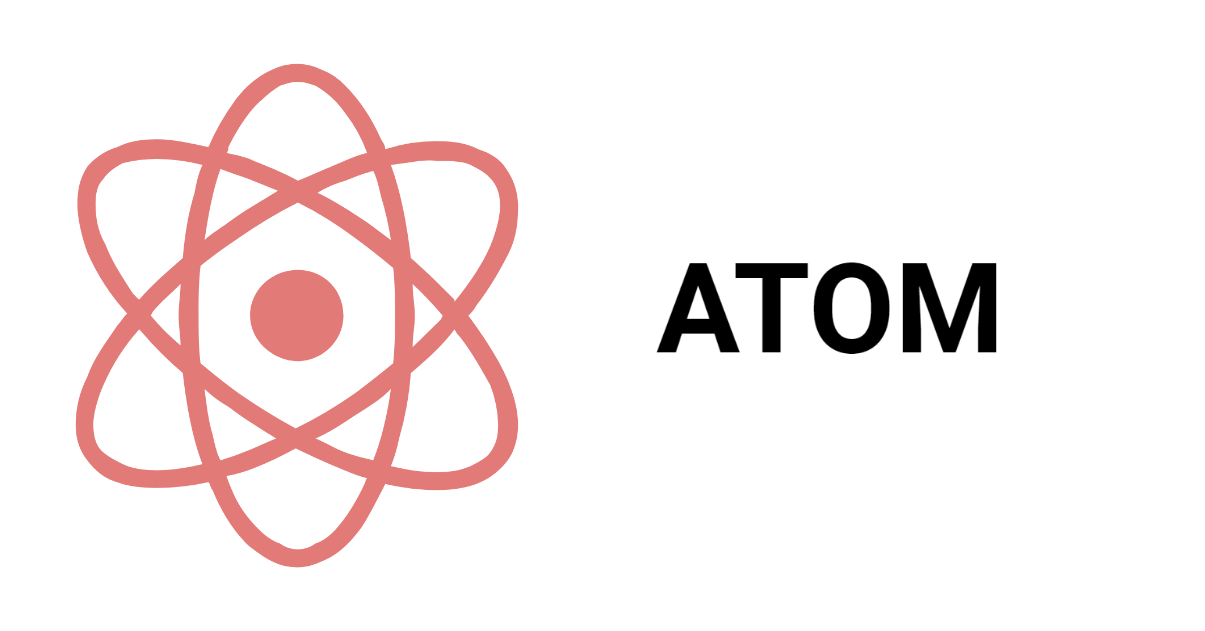

The neutron is a particle that has no electrical charge. The neutron provided an additional mass that scientists could not explain. We now know that the nucleus is composed of not just protons but neutrons. This helped to give a more accurate picture of how the nucleus was constructed.īefore this, scientists struggled to explain the excess mass they saw in atoms. One more piece of the puzzle was solved by Chadwick when he discovered the neutron. Outer shells were called higher energy shells because the electrons that occupied them were higher energy electrons.īohr’s model solved the problem that made Rutherford’s model unstable. In 1913, it was Niels Bohr’s turn to inch even closer to the correct picture of the atom.įrom his experiments, he pictured the atom as a miniature solar system where electrons circled a nucleus in distinct paths called shells. Bohr’s Planetary Model of the Atom (shell model) Since this wasn’t happening with atoms, it meant Rutherford’s model couldn’t be entirely accurate. electrons orbiting a nucleus), they lose energy which should cause them to fall into the nucleus. The laws of physics (electromagnetism) dictate that when charged particles are accelerating (e.g. Rutherford’s model however has the problem that it was unstable. Positive charge was also concentrated in the nucleus while the electrons circled the nucleus at high speed.

Rutherford found that most of the atom’s mass is densely focused on the center while most of the atom is in fact empty space.
Thomson’s model was followed by Rutherford’s more accurate one. This model explained the neutral electrical charge of an atom but it left the question of the actual arrangement of the particles unanswered. The positive and negative charges were distributed uniformly throughout the atom. Thomson came up with the first guess about the atom’s structure called the plum pudding model. The J.J Thomson’s plum pudding model Source: 2 While Dalton’s model successfully explained various laws of chemical reactions like the law of conservation of mass, the law of multiple proportions, the law of constant properties, etc, it failed to explain the existence of isotopes (we’ll explain what it is shortly).Īdditionally, scientists later proved that atoms were divisible. He also stated that atoms of the same element were the same whereas those of different elements differed in size and mass.Īccording to Dalton, atoms could be neither created nor destroyed but could be transformed from one form to another. This English chemist postulated that all matter is composed of atoms, which were indestructible and indivisible. To gain a clear insight into the structure of an atom, let’s go through a few models: Dalton’s Atomic Theory So instead, scientists used clever guesses (called models) as well as experiments to dig out the secrets of the atom. It was too small for a microscope to be seen. Scientists in the earlier years found that they could never peep into the insides of an atom using the microscope to know its structure. Many scientists attempted to explain their understanding of the structure of the atom with the help of atomic models. Atomic Modelsĭiscovering the structure of the atom took several stages over history. However, if you are interested in how the structure came to be and how scientists came to a consensus about the diagram above, then let’s go through the following sections together.

If you are looking for a labeled diagram of an atom, here it is: Source: 1, 2 These atoms are combined in different ways to give substances their unique chemical properties. This means they have an internal structure made up of smaller components.Īll matter such as solids, liquids, and gases is made up of atoms. Have you ever wondered what would happen if we divided a substance ceaselessly into smaller parts? Would we reach a point where it would be impossible to divide the smaller pieces anymore? If so, these would be the ultimate particles that matter is made up of.Ītoms too can be divided further into smaller parts. The human hair would need a million atoms to fit across it! It’s a very tiny world and it all starts with the atom and its components. However, there is another world that is just as fascinating. The imagination runs wild when we try to think of how huge outer space and the stars are. As humans, we are often mesmerized by the large size of our universe.


 0 kommentar(er)
0 kommentar(er)
